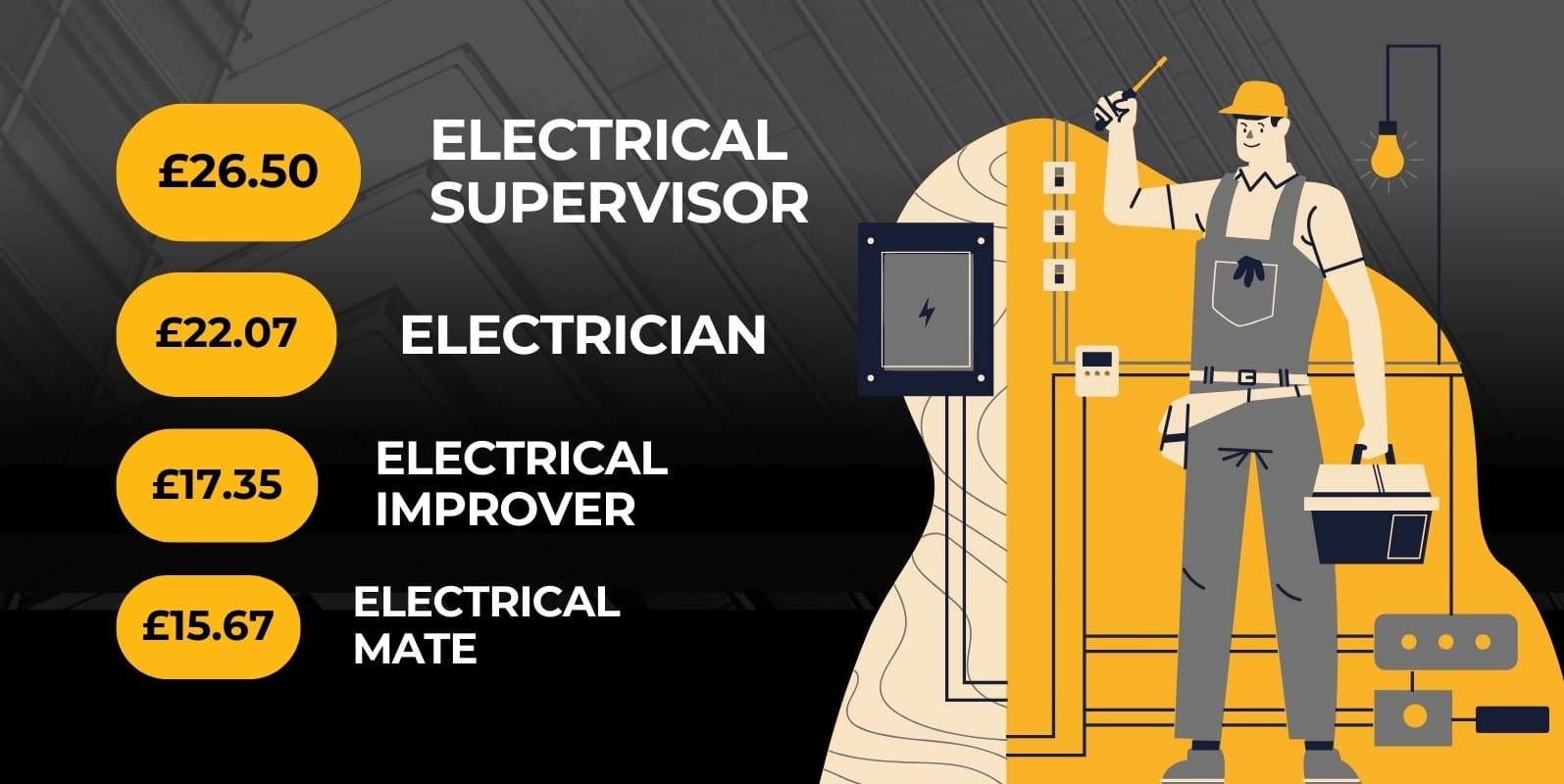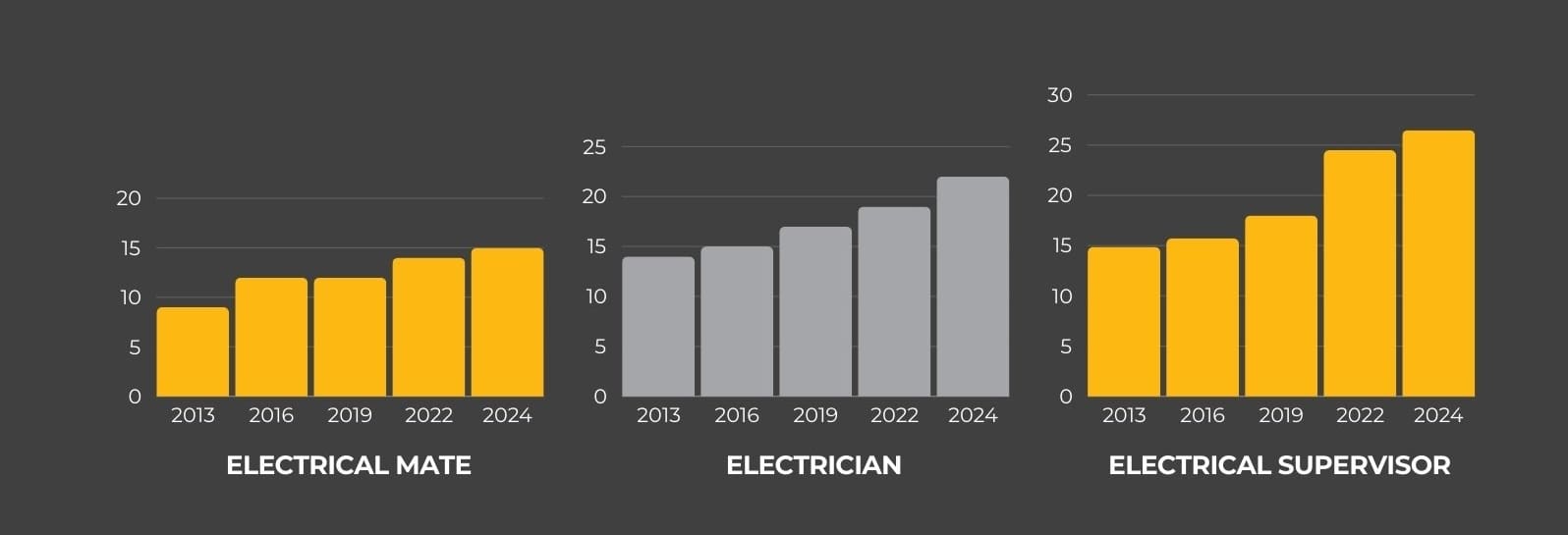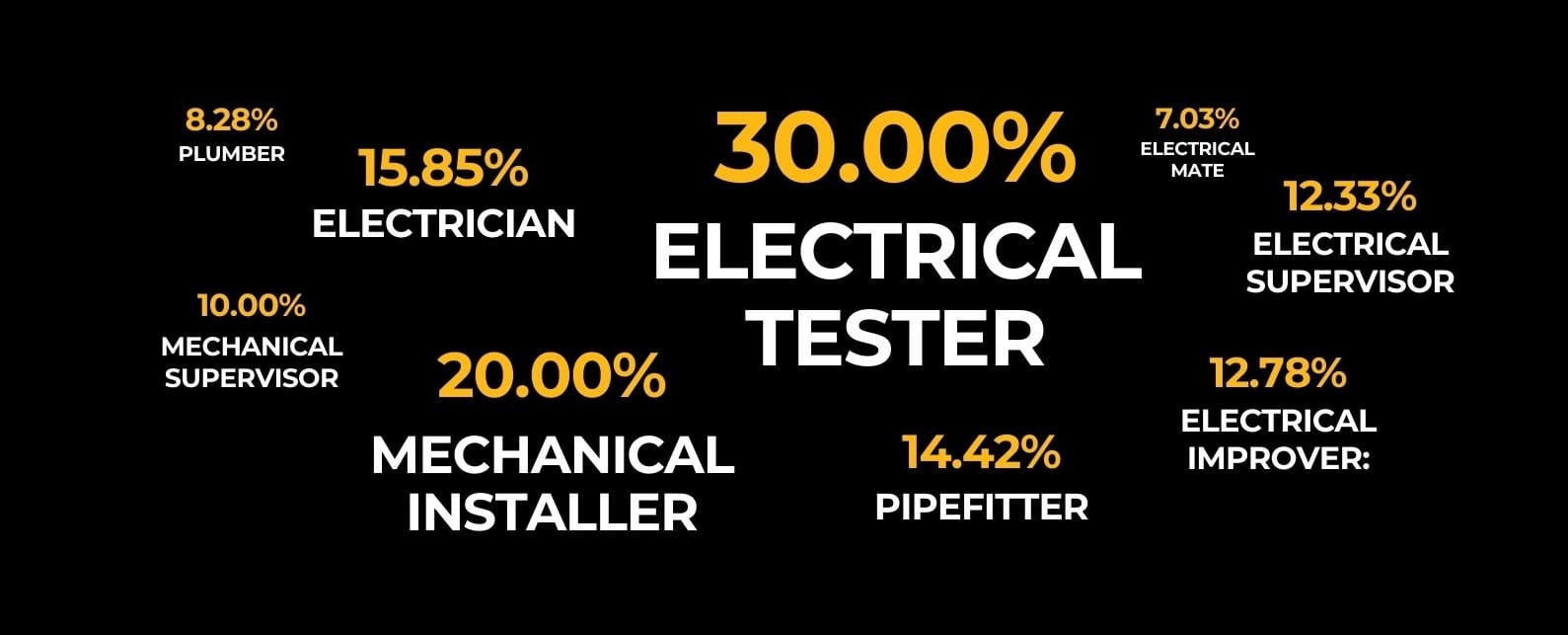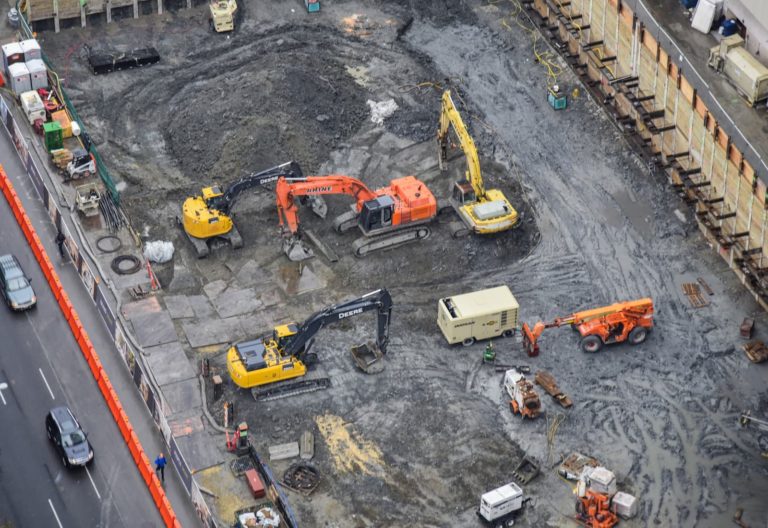Mechanical and Electrical Rates in South Wales (2024) – infographic
Are you finding it difficult to source the mechanical and electrical workers you need for your project? Does it feel as though there just aren’t enough workers to go around?
According to Randstad UK, The construction labour force has shrunk from 2.6 million people in 2008 to 2.1 million in 2023.
Unfortunately, the skills shortage means that it’s not enough to advertise a role and expect it to fill itself. Tactics and recruitment strategies are key to ensure you have the right skills for your projects.
One of the most important recruitment strategies of 2024 is to pay attention to the increasing pay rates. To help you, we have created a simple Infographic for you to see the latest pay rates in 2024. See the infographic below and read the rest of the article to understand how these affect you.

The new reality with mechanical and electrical rates
We all know pay rates are the biggest attraction for skilled mechanical and electrical workers to say yes to a job. But pay rates are the biggest deterrent for workers too.
Not paying the going rates simply isn’t an option anymore. Data shows that the average wage for an electrician in South Wales is £22 per hour. For a mechanical supervisor, it’s £26 per hour. If these figures shock you, it’s time for you to take a look at your pay scales.
Mechanical and electrical rates are still going up for skilled workers
Competition is fierce, and for skilled workers, increasing rates means that they don’t need to settle for anything less than what they’ve come to expect. The trend of increasing wages is continuing, week by week, and month by month. It doesn’t look like the rates will plateau any time soon, and it’s key that your business keeps an eye on the figures – before you get overtaken.
Construction wages in the UK are increasing, and if you want good workers, you’ve got to pay them what they’re worth: availability of workers is much lower than the availability of work.

What’s causing the rates to go up?
With less skilled workers available, businesses that are willing to pay the best rates will easily scoop up the top performing workers. There’s no need for workers to settle for less. A lot more workers are now choosing to move away from permanent construction work and into agency work, and this change of dynamic within the labour force is bound to have an impact.
Why should construction companies care about mechanical and electrical rates?
At P.I.E.R, we create bespoke mechanical and electrical workforce solutions for our clients. Our focus is on providing our clients with an end to end service that encapsulates all of their recruitment needs for the duration of their project. In order for us to make sure we can solve those recruitment needs, we have to be mindful of the market, and caring about mechanical and electrical rates is imperative.
It’s really important that we inform our clients about the wages they’ll need to pay to secure skilled, committed, and motivated workers who can help take their project from concept to completion.
By accepting workers that aren’t on top of their game, you’ll risk creating issues within your project. If workers don’t have the right skills, your project won’t be completed to the standard you need, or the workers you have secured will leave when they realise the work is too tough. High staff turnover can have huge consequences, including late fines, time delays, and wasted money.

The cost of living and the average worker
With the cost of living affecting every sector, workers have their eye on the wages they could be earning, compared to the wages they’re earning right now. Generally, the construction sector has stepped up to the mark, and offered competitive wages. Construction site wages increased by an average of 4.7% in the second quarter of 2023 compared with the same period in 2022, according to the latest data from the Hays/BCIS Site Wage Cost Indices.
Pay well or lose your mechanical and electrical workforce
When the average salary for electrical mechanical jobs is £37,500, if you’re not paying the right amount, you will lose out to those who are. At P.I.E.R, we’re constantly trying to tell our clients that paying ‘just enough’ isn’t good enough anymore.

M&E workers are prepared to travel for better rates
With mechanical and electrical workers in such demand, skilled workers don’t need to limit themselves to their local postcode. If travelling a little further from home means better pay rates, data tells us that workers will go where the money is.
M&E workers in South Wales are travelling to England for better rates
In some cases, workers will go into an entirely different country to find the rates they deserve: many workers in South Wales will travel to England if they’re able to get there. Welsh labour can be found in Bristol and the South West, earning rates from £23 to £26 for qualified trade electricians, plumbers and pipefitters.
Megaprojects will soon create even more issues as different projects compete for the same workers
Within the UK, there are a variety of megaprojects underway or in the pipeline, including the HS2 high-speed rail project, Hinkley Point C nuclear power plant, Lower Thames Crossing and Stonehenge Tunnel. These huge construction projects will undoubtedly impact the already depleted construction workforce, and with labour willing to travel, the stretch could be felt UK wide.
According to Simon Harris, the Managing Director of Randstad UK, in 2026, ‘construction employers without a bullet-proof long-term workforce plan will find the going very hard indeed’.
Harris reinforces the importance of building reliable and sustainable workforces. A task that’s impossible if you’re not paying your workers enough.

How can we be sure that we’re paying enough for mechanical and electrical workers?
In the second quarter of 2023, construction site wages increased by an average of 4.7%, compared to the same period in 2022. If you know your rates for labour aren’t hitting a similar mark, that’s a good indication that you’re not paying enough for construction workers across the board.
The data we’ve compiled in this article should show you all you need to know about market rates within the sector.
Be aware of the latest figures and data
Keeping on top of average salaries in your own area will give you a good idea about whether you’re paying the right rates. But even then, it’s worth looking further afield to make sure you’re not pushing good mechanical and electrical workers into neighbouring cities.
Or, speak to PIER and use our mechanical and electrical workforce
At P.I.E.R, we always have a current and accurate understanding of the market rates. It’s essential because it enables us to make sure we can provide our clients with the right workers for their project.
Whether you’re looking to fill a long term position or need a quick fix for 2 or 3 weeks, there are workers on our books looking for a range of different roles. When you engage workers from P.I.E.R, you can rest assured that we’ll do the hard work for you, leaving you to focus on the bigger picture.
So if you’re struggling to recruit and your workforce is depleting, get in touch with us for a no obligation chat and find out how we can help.







